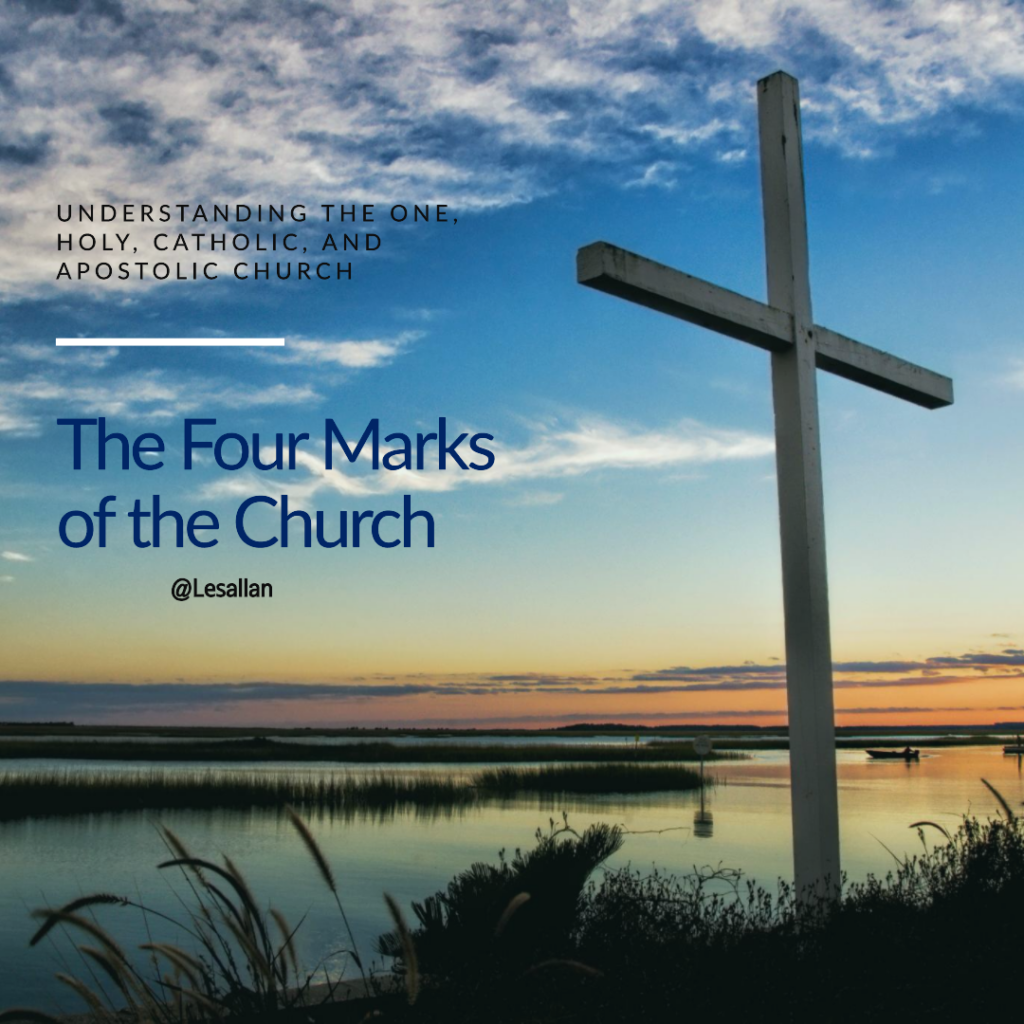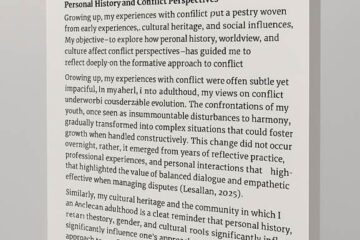Written By Lesallan

Marks of the Church
Written By Lesallan
Ohio Christian University
THE4050 Investigating Christian Theology II (ONLF23)
Professor Jeremy Kamer
October 17, 2023
Marks of the Church
The Biblical church is not defined by its name but by its nature. It is marked by four essential attributes reflecting its origin, its mission, unity, and continuity. These are One, Holy, Catholic, and Apostolic (Oden, 2009, p. 721). These marks distinguish the true church from any false or counterfeit claims. They also help us appreciate the church’s richness and diversity throughout history and worldwide. This discussion will explore these marks and how they relate to the local church.
The church is not just a building or a gathering of people. It is the body of Christ, the community of believers who share a common faith and mission. The church is universal, local, invisible, visible, historical, and contemporary. The universal church encompasses all Christians, past, present, and future. It goes beyond time, place, culture, and religious denomination. The universal church remains unseen since it is only known to God who can see into people’s hearts and determine their salvation.
A local church is a group of Christians who come together in a specific place and time for worship, fellowship, teaching, and service. It is visible and can be experienced by others. The local church is responsible to God and other churches for being faithful and fruitful. The historical church represents the continuation of the universal church throughout history. It encompasses the apostolic church, the early church fathers, the medieval church, the reformation church, the modern church, and others. The historical church is essential because it shows how God has preserved and spread His truth in different times and places. Additionally, it provides a rich heritage of doctrine, tradition, and practice that we can learn from and appreciate.
The contemporary church refers to the different forms of Christianity worldwide today, including Catholic, Orthodox, Protestant, Evangelical, Pentecostal, and others. It is essential because it shows how God works in various cultures and contexts to reach and transform people with His grace. The contemporary church also encourages us to engage with and learn from other Christians who may have different experiences and perspectives than ourselves.
Our local church proudly stands as a vital part of both the historical and contemporary church. We remain deeply rooted in the apostolic faith and honor the Christian tradition, while also boldly engaging with the current culture and actively participating in the global mission. Our local church is not isolated or independent but interdependent and accountable to other churches within the body of Christ. To understand the church better, we need to understand its different dimensions and how they relate to each other. We also need to understand our role and responsibility as church members. We are not just consumers or spectators but contributors and participants. We are called to love God, love one another, love our neighbors, and make disciples of all nations.
Blessings,
Lesallan
References:
Oden, T. C. (2009). Classic Christianity: a systematic theology. HarperOne.


